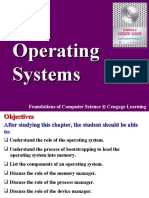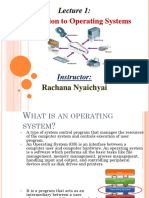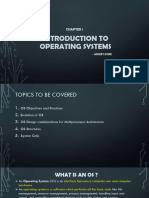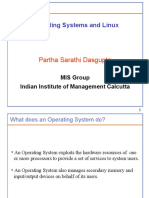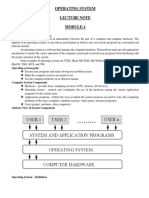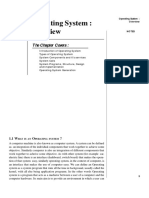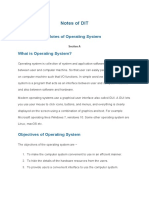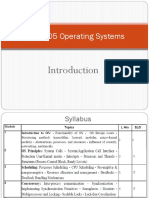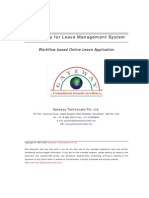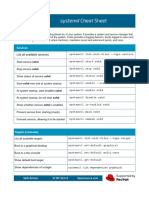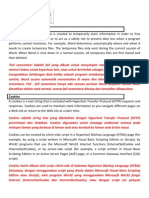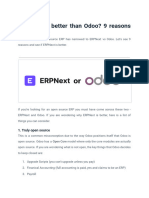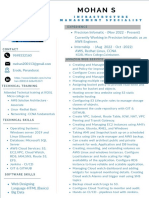0% found this document useful (0 votes)
302 views33 pagesOperating System: Subtitle
The document discusses the components and functions of an operating system. It describes the user interface, memory manager, process manager, and other core components. The memory manager handles memory allocation using techniques like multiprogramming and virtual memory. The process manager oversees the life cycle of processes from program to job to process using queues and process synchronization between different resources.
Uploaded by
nguyên trần minhCopyright
© © All Rights Reserved
We take content rights seriously. If you suspect this is your content, claim it here.
Available Formats
Download as PPTX, PDF, TXT or read online on Scribd
0% found this document useful (0 votes)
302 views33 pagesOperating System: Subtitle
The document discusses the components and functions of an operating system. It describes the user interface, memory manager, process manager, and other core components. The memory manager handles memory allocation using techniques like multiprogramming and virtual memory. The process manager oversees the life cycle of processes from program to job to process using queues and process synchronization between different resources.
Uploaded by
nguyên trần minhCopyright
© © All Rights Reserved
We take content rights seriously. If you suspect this is your content, claim it here.
Available Formats
Download as PPTX, PDF, TXT or read online on Scribd
/ 33





